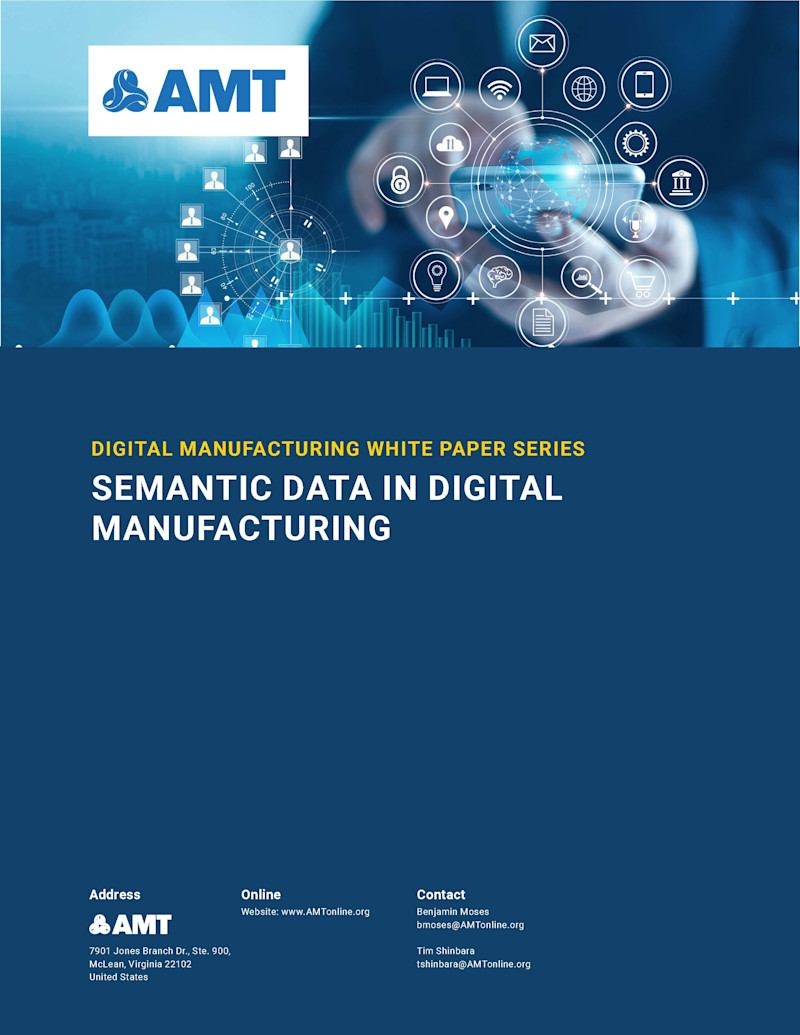Semantic data models are an information systems technology that has been finding its way into the manufacturing world to address many of the issues, costs, and complexities associated with the configuration process. The models are used to enhance data produced from shop floor equipment and other manufacturing processes by incorporating information (semantics) so that a software system can read the data and fully understand its meaning and how each piece of data relates to the manufacturing process. Semantic data models are not a new technology, and the application of semantic data models to manufacturing processes has been evolving over the past 10-15 years.
The traditional method for collecting and managing manufacturing data involves retrieving raw data from shop floor equipment and then processing each piece of data through a configuration process to transform that data into useful information for further processing by software applications. Once configured, the transformation process itself is automatic. However, the configuration process that defines the rules for the transformation is a significant issue in most software systems.
There are a number of semantic data models defined for a wide variety of different types of industrial equipment, facilities management, and other manufacturing processes. AMT has been leading the effort to develop a semantic data model focused on discrete parts manufacturing equipment and processes with its MTConnect standard. MTConnect provides the definitions for describing manufacturing data in a common format so that the shop floor no longer appears as a “sea of babble.” All information is provided in an orderly fashion and communicated with a common language. MTConnect helps to lower integration costs for deploying software solutions in manufacturing, enables equipment to publish more valuable and useful data, and in the end, enables better and expanded “data-driven” management processes.
The potential impact of semantic data on the future of digital manufacturing is significant. Its benefits include: reduction in the level of expertise required to deploy software solutions; reduction in the time and expense to deploy a software tool; more analytic tools focused specifically on manufacturing operations; cooperation between standards groups which creates standardized solutions for exchanging data between different environments – shop floor, quality, planning and scheduling, maintenance, etc.; and flexibility to scale a digital manufacturing solution to the unique requirements of every manufacturing operation.
Yet the adoption of semantic data models by suppliers of industrial software applications has been slow. There are two issues impacting the rate of adoption. From a technical perspective, most communication protocols used by industrial equipment to publish data do not support semantics, and the changes to support semantic data require significant resources. From a commercial perspective, software suppliers and their implementation partners derive significant revenue from developing the custom configuration required to deploy the software application. Semantics remove much of this configuration process and therefore the associated revenue. It is up to each company, as a member of the manufacturing industry, to encourage the rate of adoption of semantics in digital manufacturing – for the benefit of all.
To learn more about Semantic Data Models read the white paper here.





